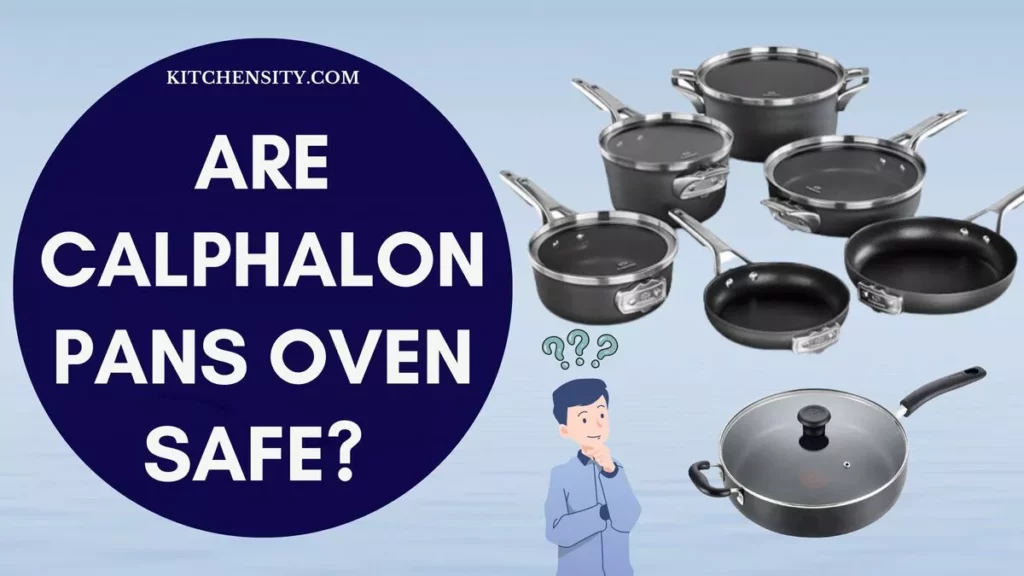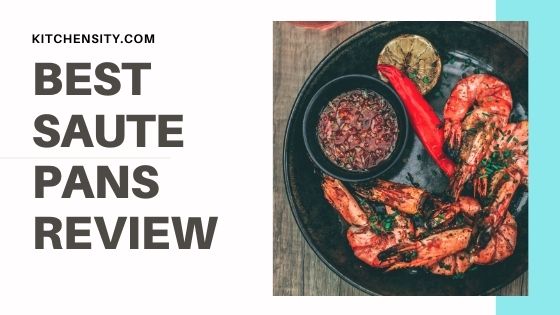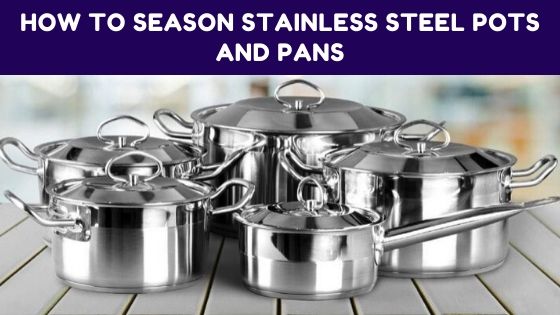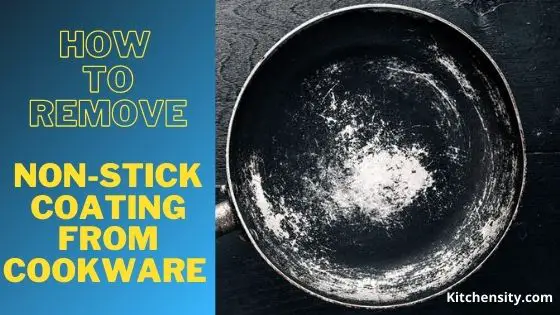Yes, Calphalon pans are oven-safe and can be safely used in the oven. They are designed to withstand high oven temperatures up to 500°F (260°C). However, it’s important to check the manufacturer’s instructions for specific temperature limits and guidelines to ensure safe usage.
I’ll cover oven safety, and heat resistance of materials, and give you the info needed for using Calphalon pans in the oven.

Table of Contents
- 1 How Can You Tell If Calphalon Pan Is Oven-Safe?
- 2 Oven Temperature Limitations Of Calphalon Pans.
- 3 Can I Use Calphalon Pans In The Oven For Broiling Or High-Heat Cooking Methods?
- 4 Precautions To Follow When Using Calphalon Pans In The Oven.
- 5 Final Thoughts On Oven Safety Of Calphalon Pans.
- 6 FAQs (Frequently Asked Questions).
- 6.1 What Temperature Can Calphalon Go In The Oven?
- 6.2 Can Calphalon Glass Lids Go In The Oven?
- 6.3 What Is The Maximum Oven Temperature For Calphalon Pans?
- 6.4 Can I Use Calphalon Pans With A Nonstick Coating In The Oven?
- 6.5 Can Calphalon Pans Be Used In All Types Of Ovens, Such As Conventional Ovens, Convection Ovens, Or Toaster Ovens?
How Can You Tell If Calphalon Pan Is Oven-Safe?
To determine if your Calphalon pan is oven-safe, check for any markings or instructions provided by the manufacturer. Typically, Calphalon pans with metal handles are oven-safe, while those with plastic or rubber handles may not be safe for oven use.
Follow these instructions before using it in the oven:
- Check the manufacturer’s instructions or markings on the pan.
- Look for any indications of oven safety, such as temperature limits or oven-safe symbols.
- Consider the material of the handle (metal, plastic, rubber) to determine if it’s suitable for oven use.
- Verify the maximum oven temperature the pan can withstand.
- Ensure the pan is in good condition without any damage that could affect its oven safety.
Also Read – Are Gotham Steel Pans Oven-Safe?
Oven Temperature Limitations Of Calphalon Pans.
Different Calphalon pan models may have varying temperature limitations based on their materials and construction. Stainless steel and hard-anodized aluminum Calphalon pans are generally designed to withstand higher oven temperatures. These pans can typically handle temperatures up to 500°F (260°C) without experiencing any adverse effects. This high heat resistance makes them suitable for various cooking methods that require intense heat, such as searing, roasting, or broiling.
On the other hand, Nonstick Calphalon pans have some temperature limitations. The coating can be sensitive to extremely high temperatures, and exposing nonstick pans to excessive heat can lead to the deterioration of the coating or the release of potentially harmful fumes. They have temperature restrictions ranging from 400°F to 450°F (204°C to 232°C). Staying within these temperature ranges helps maintain the integrity of the nonstick coating and ensures safe usage.
Here’s a chart showcasing different Calphalon pan models along with their corresponding oven-safe temperature ranges.
| Calphalon Pan Model | Oven-Safe Temperature Range |
|---|---|
| Stainless Steel Pan | Up to 500°F (260°C) |
| Hard-Anodized Aluminum Pan | Up to 500°F (260°C) |
| Nonstick Pan | 400°F to 450°F (204°C to 232°C) |
Also Read – Can You Bake A Cake In A Springform Pan?
Can I Use Calphalon Pans In The Oven For Broiling Or High-Heat Cooking Methods?
Yes, you can use Calphalon pans in the oven for broiling and high-heat cooking methods. Calphalon pans, particularly those made from stainless steel or hard-anodized aluminum, are designed to withstand high oven temperatures and can handle the intense heat generated during broiling.
These pans are well-suited for searing, roasting, broiling, or other high-heat cooking techniques. But before, check the label for any specific limitations or guidelines for broiling or high-heat cooking.
Also Read – What Is A Broiler Pan?
Precautions To Follow When Using Calphalon Pans In The Oven.
Here are some key precautions to follow:
- Use oven mitts or potholders when handling hot pans.
- Always check the manufacturer’s guidelines for oven safety and temperature limits.
- To prevent warping, avoid sudden temperature changes, such as placing a hot pan in cold water.
- Place pans on a stable, heat-resistant surface when removing them from the oven.
- Do not use pans with plastic or rubber handles in the oven unless they are specifically marked as oven-safe.
- Monitor cooking progress through the oven window instead of opening the oven door to retain heat.
- Allow pans to cool before cleaning or storing to prevent damage.
Also Read – How To Clean Burnt Calphalon Pans?
Final Thoughts On Oven Safety Of Calphalon Pans.
When using Calphalon pans in the oven, it’s crucial to check the label for any guidelines regarding temperature limits and oven safety. Stainless steel and hard-anodized aluminum pans are generally safe for higher temperatures, while nonstick pans require more careful use due to their coating’s sensitivity. Always use oven mitts, avoid sudden temperature changes, and handle hot pans with care to prevent accidents and maintain the pans’ integrity. Following these precautions will help ensure safe and effective use of your Calphalon pans in the oven.
Note: If you have any doubts or uncertainties about a specific pan, contact Calphalon at 800-809-7267 or through this link: https://www.calphalon.com/en-US/calphalon-contact-us.
Also Read – Can You Put Non-Stick Pans In The Dishwasher?
FAQs (Frequently Asked Questions).
-
What Temperature Can Calphalon Go In The Oven?
Calphalon pans can generally go in the oven at temperatures up to 500°F (260°C).
-
Can Calphalon Glass Lids Go In The Oven?
Yes, Calphalon glass lids are oven-safe up to 450°F and can be used in the oven, but don’t cross the temperature limits.
-
What Is The Maximum Oven Temperature For Calphalon Pans?
Most stainless steel and hard-anodized aluminum Calphalon pans can withstand oven temperatures up to 500°F (260°C). Nonstick pans may have temperature limitations ranging from 400°F to 450°F (204°C to 232°C).
-
Can I Use Calphalon Pans With A Nonstick Coating In The Oven?
Yes, Calphalon pans with a nonstick coating can be used in the oven. However, it’s crucial to adhere to the temperature limitations specified by the manufacturer to avoid damaging the nonstick surface.
-
Can Calphalon Pans Be Used In All Types Of Ovens, Such As Conventional Ovens, Convection Ovens, Or Toaster Ovens?
Yes, Calphalon pans can be used in all types of ovens, including conventional ovens, convection ovens, and toaster ovens, as long as the temperature limitations and guidelines provided by the manufacturer are followed for safe usage.
Katrina Smith is a seasoned expert with over 25 years of experience in all things related to cooking and the kitchen. As an avid cook and kitchen enthusiast, she is passionate about sharing her knowledge and expertise on cookware, kitchen appliances, kitchen tips, and kitchen staples.
Through her articles and reviews, Katrina aims to inspire and help others improve their cooking skills, experiment with different ingredients, and invest in quality cookware and appliances.

![How To Season And Clean Cast Iron Cookware? [4 Effective Ways] 3 How To Season And Clean Cast Iron Cookware](https://www.kitchensity.com/wp-content/uploads/2020/06/How-To-Season-And-Clean-Cast-Iron-Cookware.jpg)

![Stainless Steel Vs Nonstick Vs Ceramic Cookware Set [An Ultimate Guide 2023] 5 Stainless Steel vs Nonstick vs Ceramic Cookware Set](https://www.kitchensity.com/wp-content/uploads/2019/09/Stainless-Steel-vs-Ceramic-vs-Nonstick-Cookware-Sets-e1621083482728.jpg)

![What Pans Can You Use Cooking Spray On? [Ultimate Guide] 7 Types of pans with which cooking spray can be used](https://www.kitchensity.com/wp-content/uploads/2023/02/What-Pans-Can-You-Use-Cooking-Spray-On.jpg)
